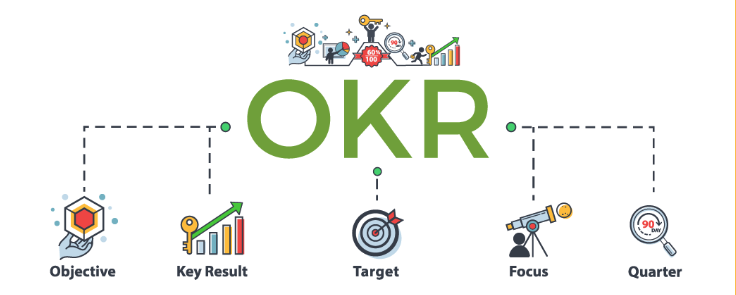The Role of Digital Tools in Employee Engagement
Employee engagement is an essential factor influencing workplace productivity, job satisfaction, and employee retention. In recent years, digital tools have emerged as a promising approach to foster employee engagement by facilitating communication, collaboration, and personal development among employees. This review examines the existing literature on the utilization of digital tools for employee engagement and highlights the benefits and potential challenges associated with their implementation. Employee engagement has become a critical concern for organizations seeking to maintain a competitive advantage, increase productivity, and foster a positive work environment (Bakker & Albrecht, 2018). Digital tools offer innovative ways to enhance employee engagement through streamlined communication, collaboration, and personal development opportunities (Gaudin et al., 2018). This literature review aims to explore the role of digital tools in improving employee engagement and discuss their benefits and potential challenges.

Communication Platforms:
Effective communication is essential for employee engagement and organizational success (Men, 2014). Digital tools such as Slack, Microsoft Teams, and Google Workspace enable real-time communication, file sharing, and collaboration among team members, fostering a sense of belonging and commitment to the organization (Gaudin et al., 2018).
Collaboration tools, including project management applications like Trello, Asana, and Basecamp, can streamline project workflows, enhance team collaboration, and improve overall efficiency (Alavi et al., 2021). These tools also provide transparency, enabling employees to track progress and monitor their contributions, which can boost engagement and motivation (López et al., 2017).
Learning and Development Platforms:
Digital tools that support learning and development, such as e-learning platforms and online courses, can foster employee engagement by providing opportunities for personal and professional growth (Martin et al., 2018). These tools can also promote a culture of continuous learning, which can lead to increased job satisfaction and employee retention (Chhetri et al., 2020).
Integrating gamification elements into digital tools can enhance employee engagement by leveraging competition, rewards, and progress tracking to motivate employees and encourage desired behaviors (Hamari et al., 2014). Gamified platforms can improve skill development, collaboration, and innovation, contributing to a more engaged and productive workforce (Seaborn & Fels, 2015).
Challenges and Future Directions:
While digital tools offer numerous benefits for employee engagement, organizations must consider potential challenges, such as digital fatigue, privacy concerns, and resistance to change (Tarafdar et al., 2019). Future research should investigate strategies for mitigating these challenges and explore the long-term impacts of digital tools on employee engagement and organizational success.
Conclusion:
Digital tools have the potential to significantly enhance employee engagement by improving communication, collaboration, and personal development opportunities. However, organizations must carefully consider the challenges associated with their implementation to ensure their effectiveness in promoting a more engaged and productive workforce.
References:
Alavi, S., Habel, J., & Guenzi, P. (2021). Digitalization in industrial B2B customer interaction: identifying capabilities and challenges. Industrial Marketing Management, 93, 359-373.
Bakker, A. B., & Albrecht, S. L. (2018). Work engagement: Current trends. Career Development International, 23(1), 4-11.
Chhetri, S., Maharjan, S., & Thapa, T. B. (2020). Assessing the role of e-learning in higher education institutions during the COVID-19 pandemic: perspectives from faculty and students. Education and Information Technologies, 1-17.








